What To Look For Buying Binoculars ?
When buying binoculars, there are several factors to consider. First, consider the magnification power and objective lens size. A higher magnification power will allow you to see objects in greater detail, but may also result in a narrower field of view. A larger objective lens size will allow more light to enter the binoculars, resulting in brighter images.
Next, consider the type of prism used in the binoculars. Roof prisms are more compact and durable, while Porro prisms offer better image quality but are bulkier.
Also, consider the size and weight of the binoculars, as well as the quality of the lenses and coatings. Look for binoculars with multi-coated lenses, which will provide better image clarity and reduce glare.
Finally, consider the intended use of the binoculars. If you plan to use them for birdwatching or other outdoor activities, look for binoculars that are waterproof and have a rugged design. If you plan to use them for stargazing, look for binoculars with a larger objective lens size and a lower magnification power.
1、 Magnification and Objective Lens Diameter
When buying binoculars, there are several factors to consider to ensure that you get the best value for your money. One of the most important factors to consider is the magnification and objective lens diameter.
Magnification refers to the degree to which the binoculars can magnify an object. The higher the magnification, the closer the object will appear. However, higher magnification also means a narrower field of view and a shakier image. Therefore, it is important to choose a magnification that suits your needs and preferences.
The objective lens diameter refers to the size of the front lens of the binoculars. The larger the objective lens diameter, the more light the binoculars can gather, resulting in a brighter and clearer image. However, larger objective lenses also mean heavier and bulkier binoculars.
Other factors to consider when buying binoculars include the type of prism used, the quality of the lenses and coatings, the durability and waterproofing of the binoculars, and the ergonomics and comfort of the design.
In recent years, there has been a growing trend towards compact and lightweight binoculars that are easy to carry and use. These binoculars often use advanced technologies such as ED glass and phase-corrected prisms to deliver high-quality images despite their small size.
Ultimately, the best binoculars for you will depend on your specific needs and preferences. By considering factors such as magnification, objective lens diameter, and other features, you can find the perfect binoculars to suit your needs.
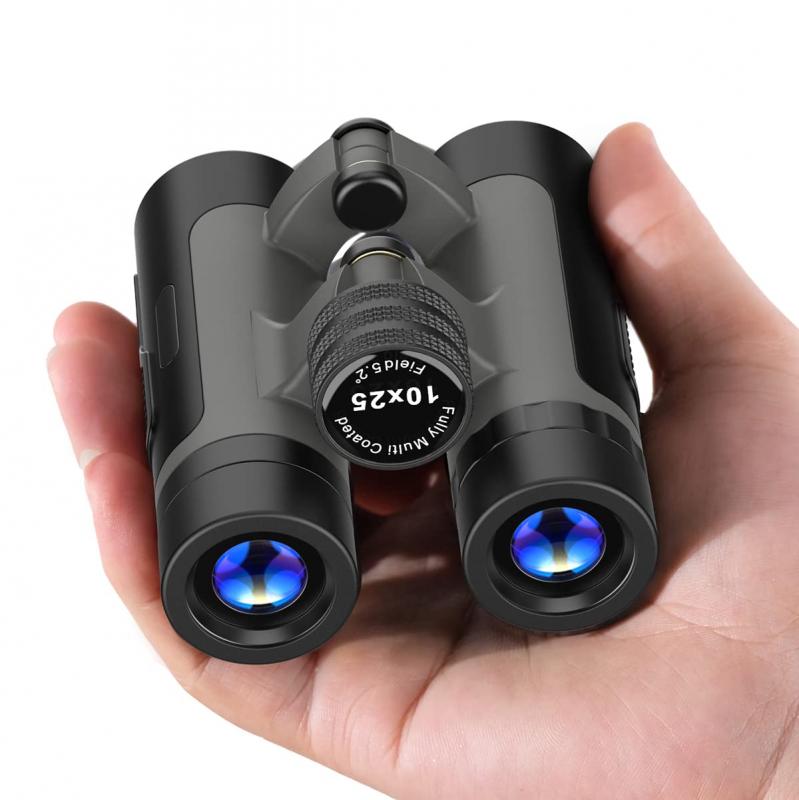
2、 Prism Type
What to look for when buying binoculars? One of the most important factors to consider is the prism type. Binoculars use prisms to reflect and magnify the image, and there are two main types of prisms: roof prisms and porro prisms.
Roof prisms are more compact and streamlined, making them a popular choice for birdwatching and other outdoor activities. They also tend to be more expensive, as they require more precise manufacturing. Porro prisms, on the other hand, are bulkier but can provide a wider field of view and better depth perception.
However, there is a new type of prism that has recently gained popularity: the Abbe-Koenig prism. This prism type is a variation of the roof prism and offers even better image quality and light transmission. It is often found in high-end binoculars and is a great option for serious birdwatchers or outdoor enthusiasts.
When choosing between prism types, it's important to consider your specific needs and budget. If you prioritize portability and ease of use, a roof prism may be the best choice. If you want the best possible image quality and are willing to invest in a higher-end model, an Abbe-Koenig prism may be worth considering. Ultimately, the right choice will depend on your individual preferences and intended use.
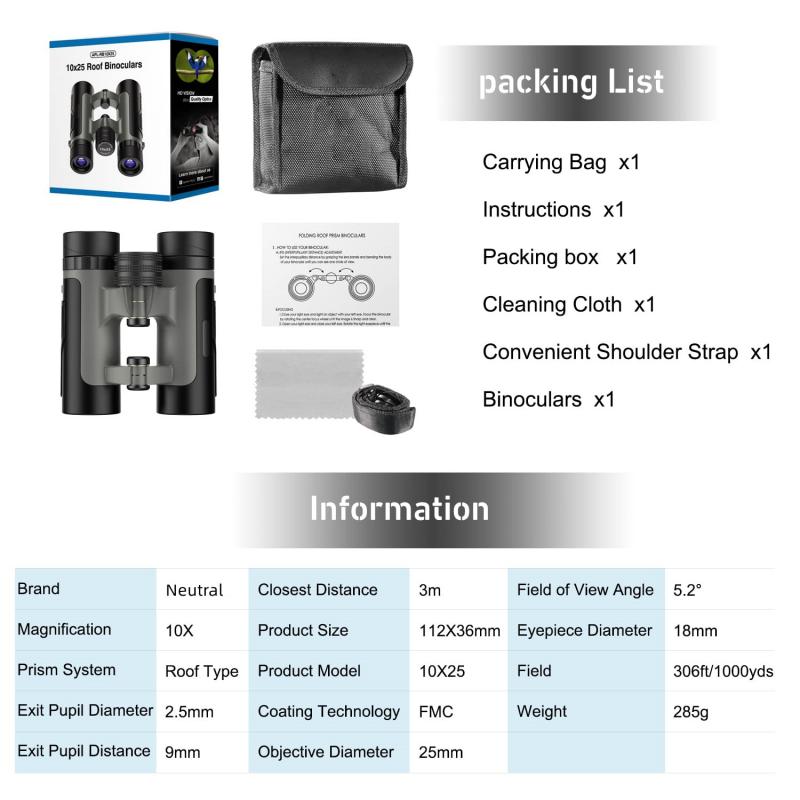
3、 Coatings and Image Quality
Coatings and Image Quality are two of the most important factors to consider when buying binoculars. Coatings refer to the layers of material that are applied to the lenses to improve their performance. The most common coatings are anti-reflective coatings, which reduce glare and improve image clarity, and phase correction coatings, which correct for phase shift and improve image sharpness.
Image quality is also crucial when choosing binoculars. The quality of the image depends on several factors, including the quality of the lenses, the magnification, and the field of view. High-quality lenses are essential for producing sharp, clear images, while a high magnification can make it easier to see distant objects. A wide field of view is also important, as it allows you to see more of the scene at once.
In addition to coatings and image quality, there are several other factors to consider when buying binoculars. These include the size and weight of the binoculars, the type of prism used, and the durability of the construction. The latest point of view is that binoculars with ED (Extra-low Dispersion) glass lenses are becoming increasingly popular due to their ability to reduce chromatic aberration and produce sharper, clearer images.
Overall, when buying binoculars, it is important to consider your specific needs and preferences, as well as the quality of the product. By taking the time to research and compare different models, you can find the perfect binoculars for your needs and enjoy clear, crisp images of the world around you.
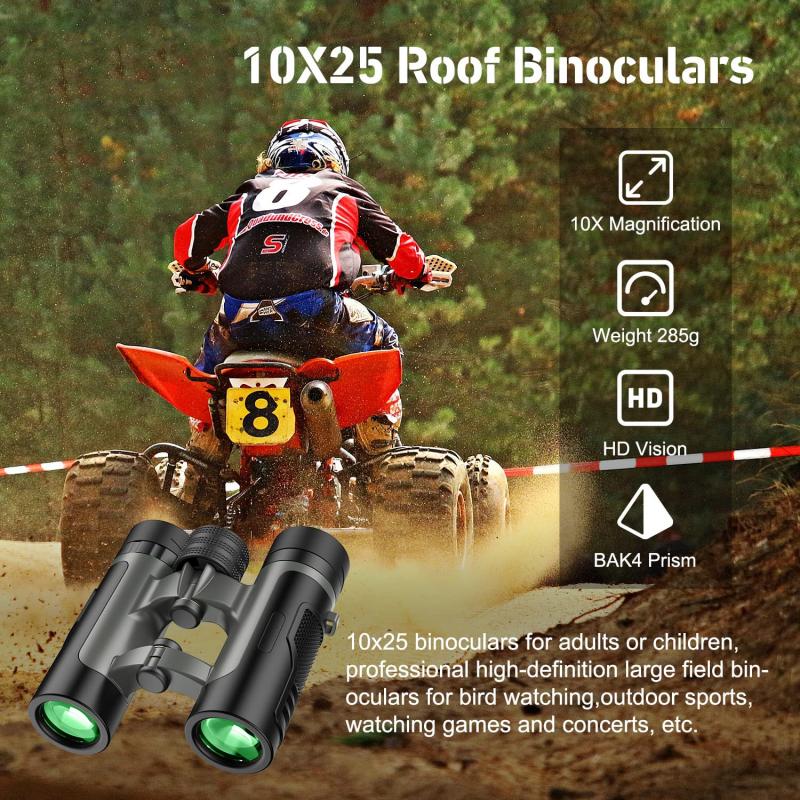
4、 Field of View
What to look for when buying binoculars? One important factor to consider is the field of view. The field of view refers to the width of the area that can be seen through the binoculars at a specific distance. A wider field of view allows you to see more of your surroundings, making it easier to track moving objects or scan a large area.
When shopping for binoculars, it's important to consider the magnification and objective lens size in relation to the field of view. Higher magnification and larger objective lenses can provide a more detailed image, but they may also narrow the field of view. On the other hand, lower magnification and smaller objective lenses can provide a wider field of view, but the image may not be as clear or detailed.
It's also important to consider the type of activities you'll be using the binoculars for. For example, if you'll be using them for birdwatching or wildlife observation, a wider field of view may be more important than high magnification. However, if you'll be using them for stargazing or astronomy, higher magnification may be more important than a wide field of view.
In recent years, some binocular manufacturers have introduced models with wider fields of view, such as 8x42 or 10x42 binoculars with fields of view of 400 feet or more at 1,000 yards. These models can be particularly useful for outdoor activities such as hiking, camping, or hunting, where a wider field of view can help you spot wildlife or navigate through unfamiliar terrain.
Overall, when buying binoculars, it's important to consider the field of view in relation to your specific needs and activities. A wider field of view can be a valuable feature, but it's not the only factor to consider when choosing the right binoculars for you.
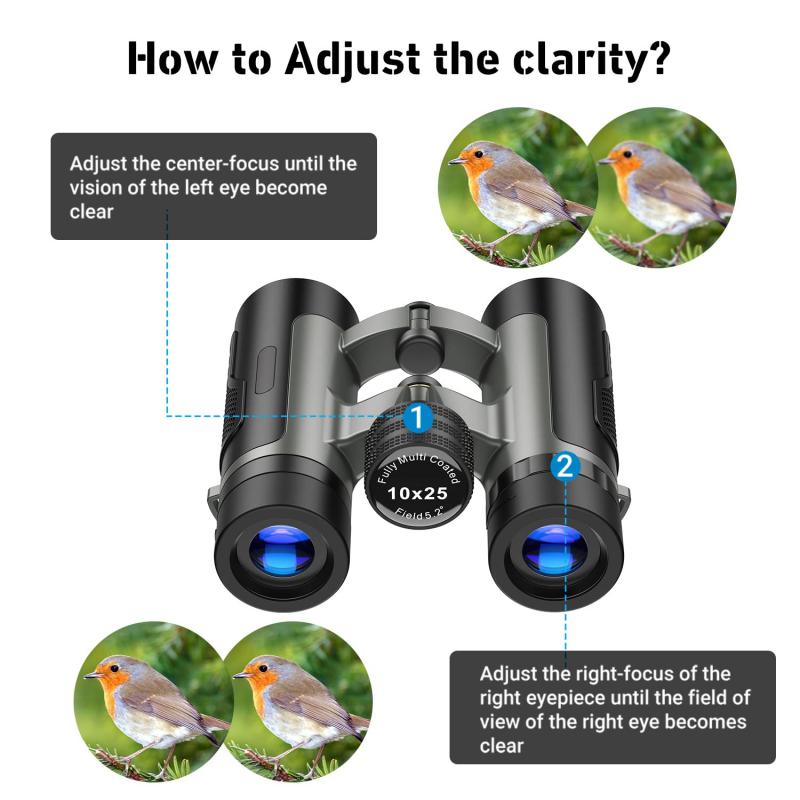




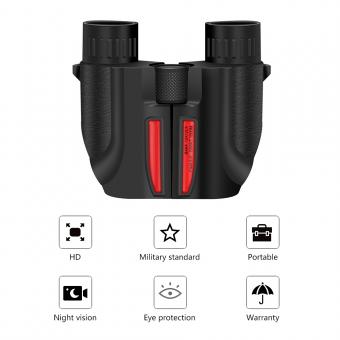


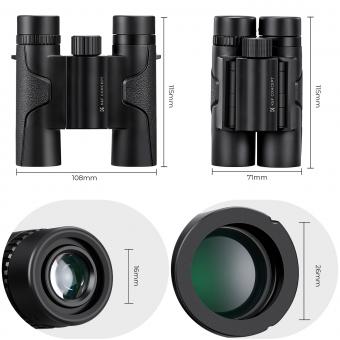




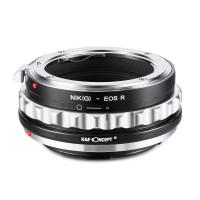
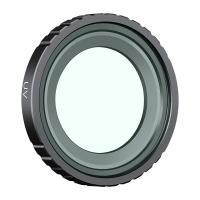
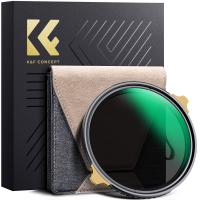


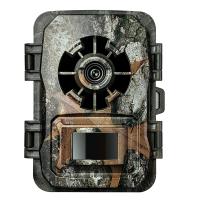





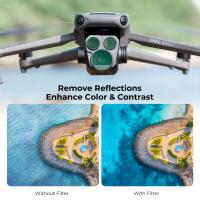
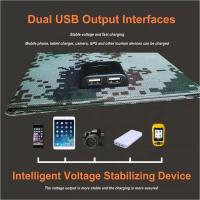
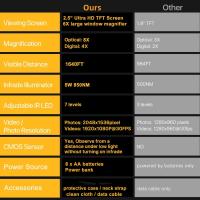
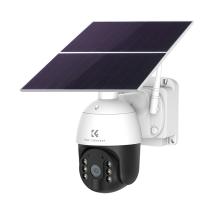
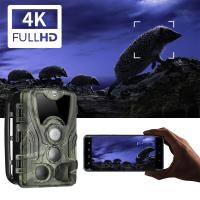

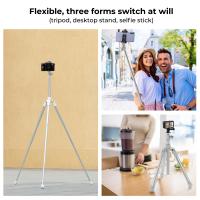
There are no comments for this blog.